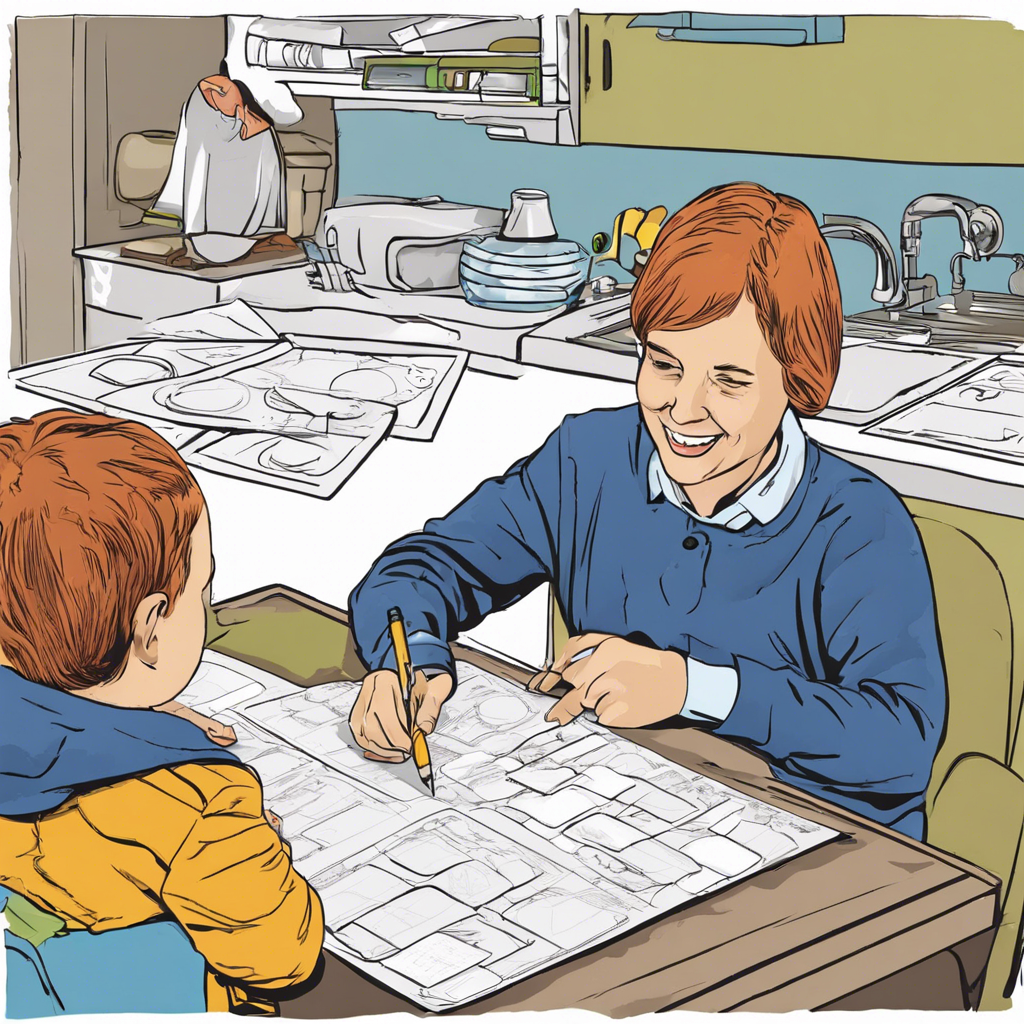Instilling a growth mindset in your child is one of the greatest gifts you can give them. It empowers them to embrace challenges, persevere through setbacks, and view failure as an opportunity to grow and learn. So, how can parents and caregivers encourage this mindset in their children?
First and foremost, it’s important to praise effort over talent. When your child accomplishes a task or learns a new skill, commend them on their hard work and dedication rather than their inherent intelligence. This helps them understand that their abilities can be developed and improved upon, fostering a desire to continue taking on challenges.
Another way to encourage a growth mindset is to embrace and learn from mistakes. Teach your child that mistakes are an inevitable part of life and offer valuable lessons. Instead of shielding them from failure, help them develop strategies to cope with setbacks and view mistakes as opportunities for growth. This might involve sharing your own experiences of learning from mistakes or celebrating “failure parties” where you normalize and laugh about blunders.
Nurturing self-belief and a positive self-image is also essential. Children with a growth mindset believe in their capacity to grow and improve. Encourage self-talk that focuses on “yet.” For example, instead of saying, “I can’t do this,” they can say, “I can’t do this yet.” This simple shift in language helps foster a sense of optimism and motivation. You can model this language yourself and encourage your child to use it.
Providing opportunities for your child to challenge themselves is crucial. Encourage them to try new activities, take on responsibilities, and step outside their comfort zone. Whether it’s learning a musical instrument, attempting a new sport, or tackling a difficult puzzle, these challenges help them develop grit and resilience. It’s important to remember that the process and effort are more valuable than the outcome.
Open discussions about the brain and its capacity for growth can also help foster a growth mindset. Explain to your child that their brain is like a muscle that strengthens and grows with exercise. You can say something like, “Every time you learn something new or practice a skill, your brain creates new connections and gets stronger.” This helps them understand that their potential is not fixed but can be expanded with effort.
Role-modeling a growth mindset yourself is also powerful. Let your children see you embracing challenges, learning new skills, and coping with setbacks. Share your experiences and the strategies you use to grow and improve. For instance, you can say, “I’m learning to paint, and it’s challenging, but I’m enjoying the process and seeing my improvements.” This helps them understand that a growth mindset is a lifelong approach to learning.
Finally, encourage a culture of learning in your family. Celebrate learning milestones and achievements, whether it’s mastering a new recipe, improving a video game score, or achieving a good grade. Display their accomplishments and progress visually, such as on a growth chart or a “proud wall.” This helps your child recognize that learning and development are ongoing and worth celebrating.
By implementing these strategies, you can help your child develop a growth mindset that will benefit them throughout their life. They will approach challenges with confidence, resilience, and a belief in their ability to grow and improve, fostering a love of learning and a positive attitude towards life’s ups and downs.
Remember, as a parent or caregiver, you play a crucial role in shaping your child’s mindset, and by cultivating a growth mindset in them, you are giving them a powerful tool for success and happiness.









